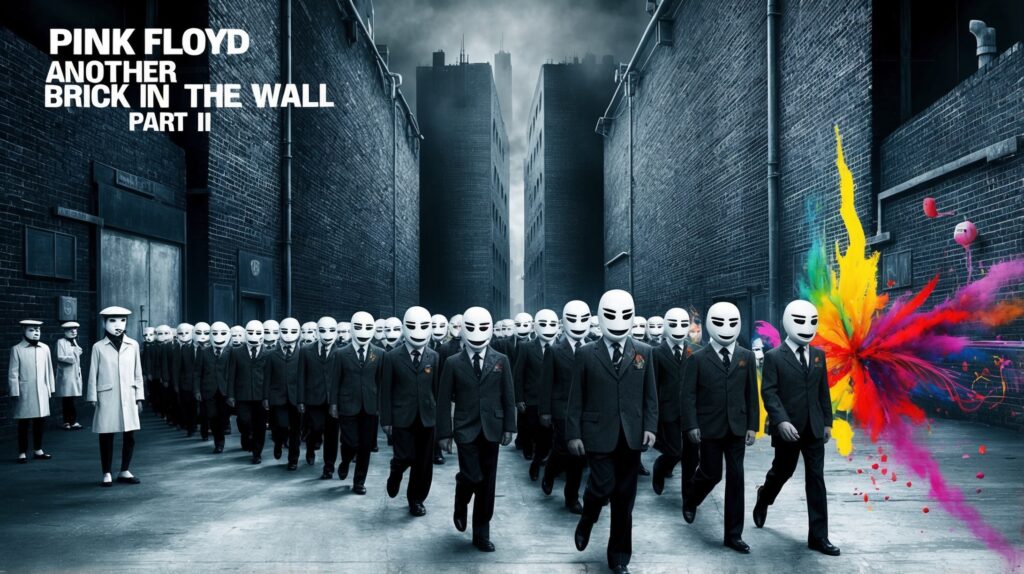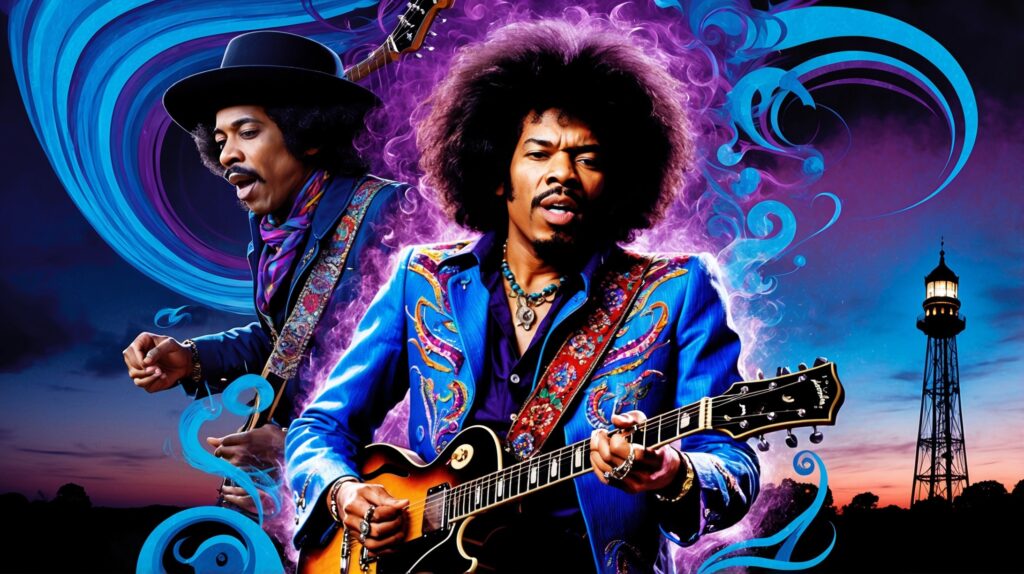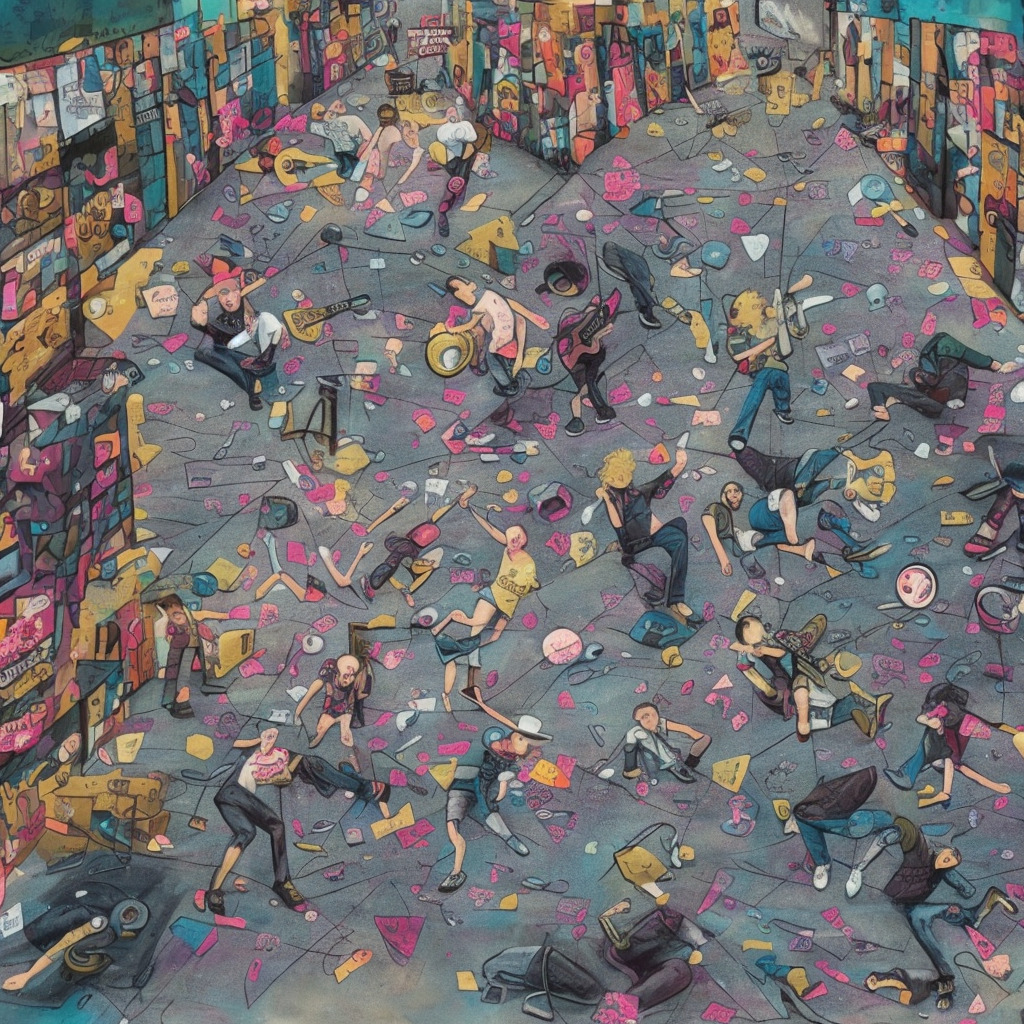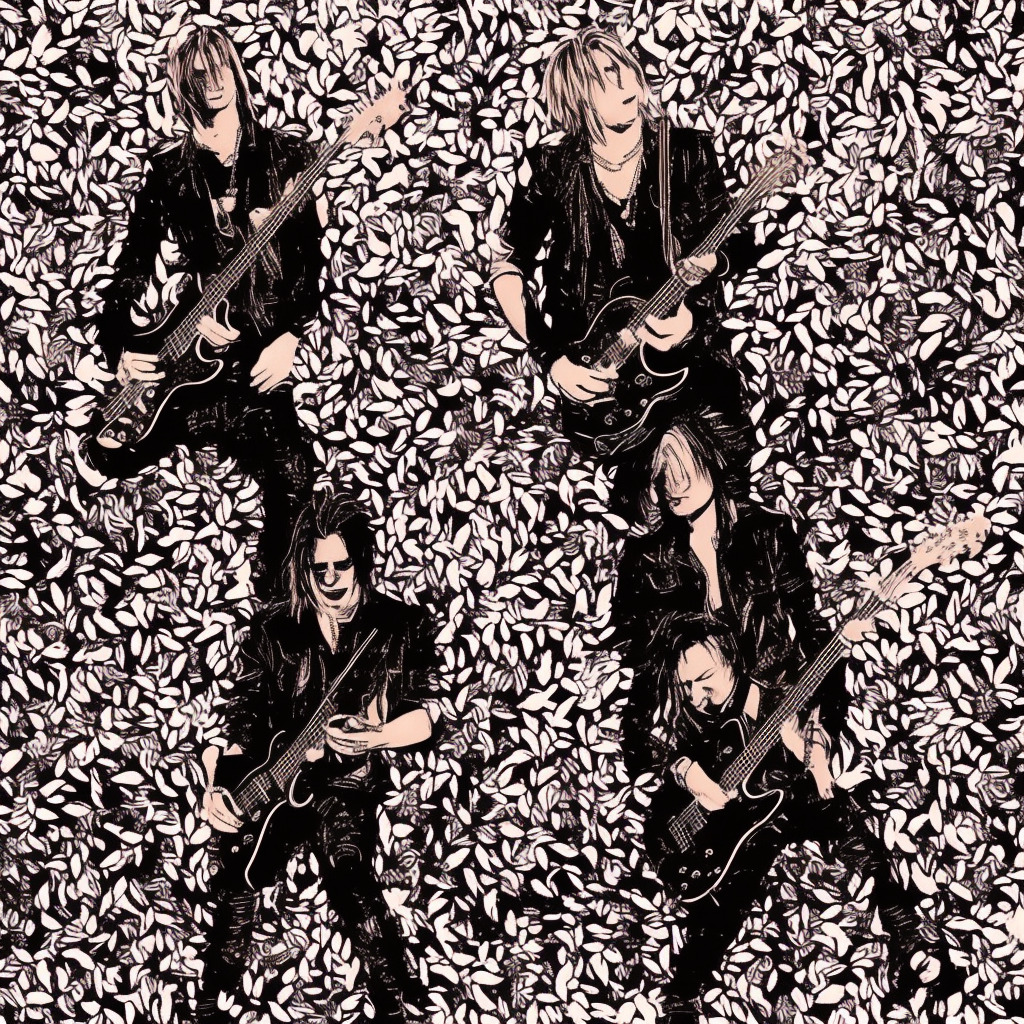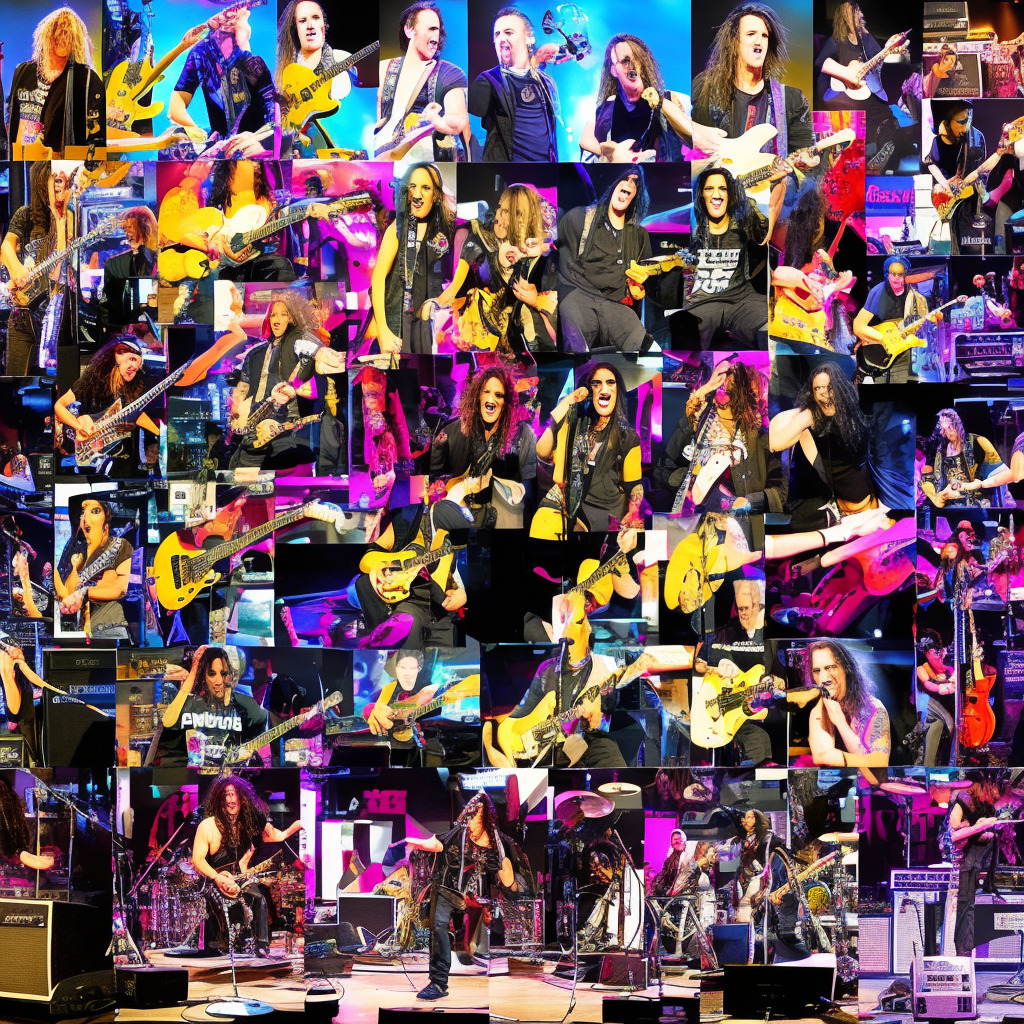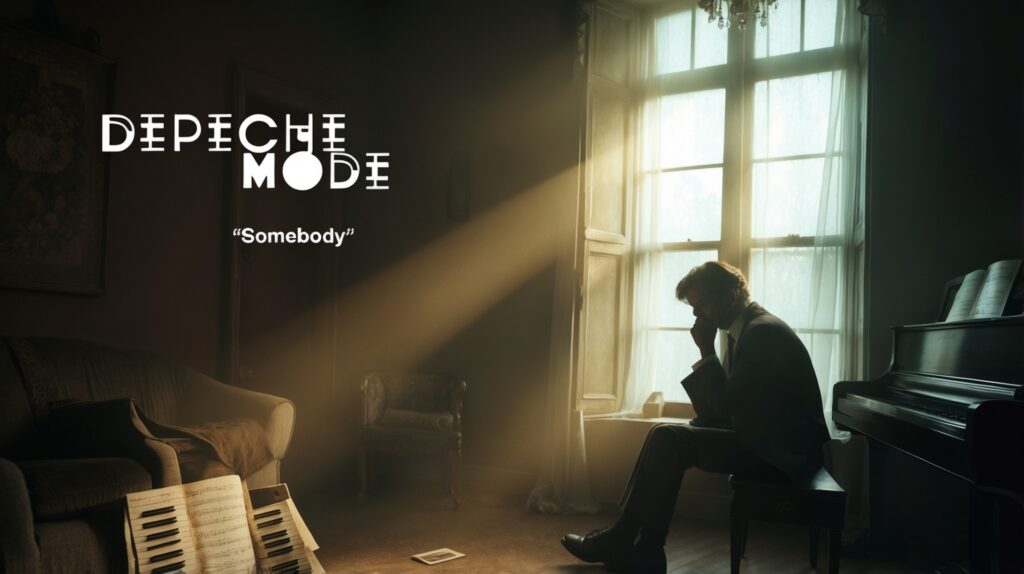Pink Floyd: The Architects of Psychedelic Soundscapes
Pink Floyd, legendary architects of psychedelic soundscapes, crafted “Another Brick in the Wall Part II” during an era of artistic evolution and societal commentary, marking a significant milestone in their illustrious career.
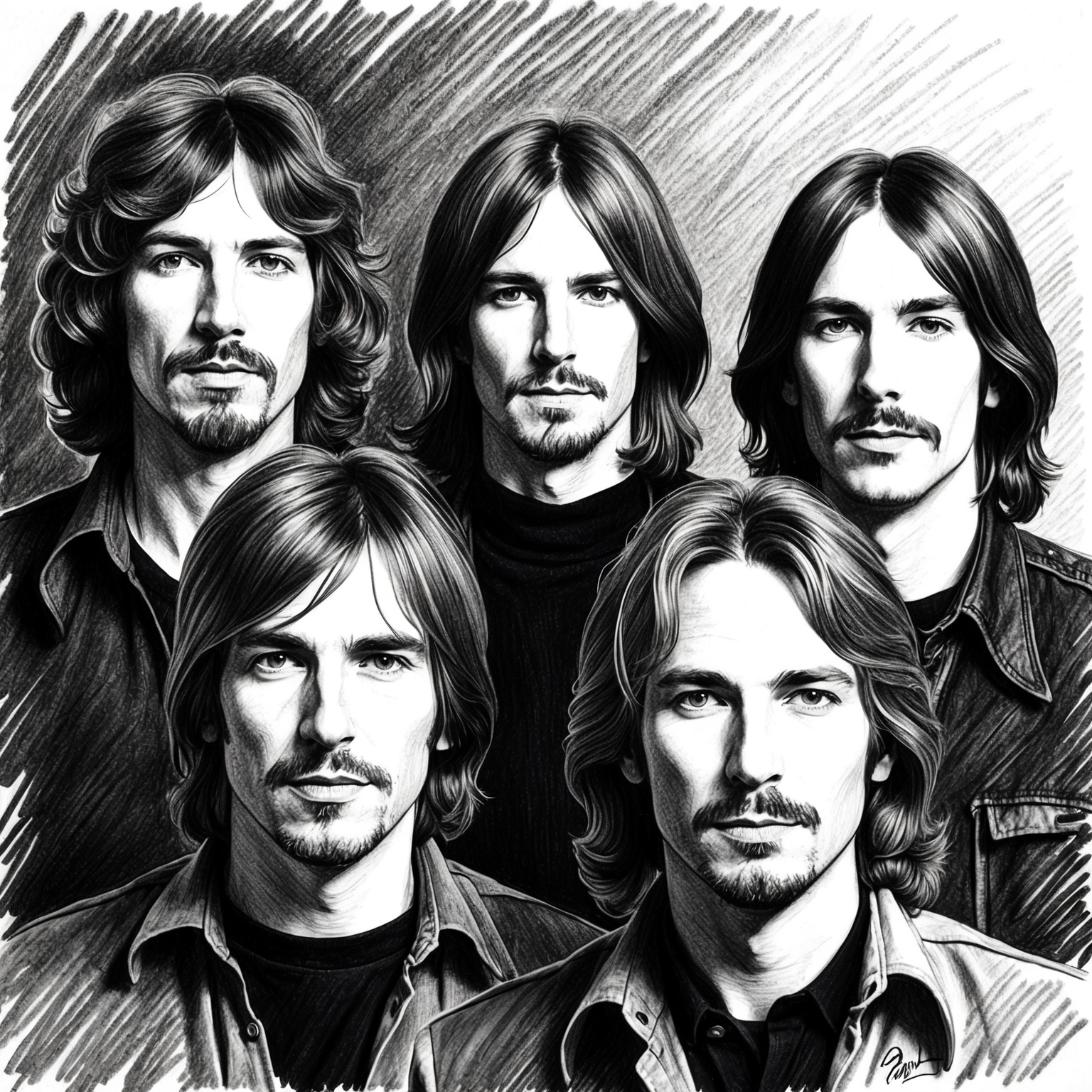
Formed in the mid-1960s, Pink Floyd emerged as one of the most influential and pioneering bands in rock history. Their impact on music was profound, characterized by their ability to blend psychedelic sounds with thought-provoking concepts. With members like Roger Waters, David Gilmour, Richard Wright, Nick Mason, and initially Syd Barrett, the band fueled the imaginations of listeners around the globe. “Another Brick in the Wall Part II,” released in 1979 as part of the ambitious “The Wall” album, stands as a testament to their creative vision and socio-political commentary, marking a significant milestone in their career.
In the realm of their early career, Pink Floyd’s style evolved from the vibrant experimental sounds led by Barrett to a more structured yet equally immersive musical journey. As the band shifted its lineup and sound, they explored more diverse and introspective themes. The late ’70s, which saw the creation of “The Wall,” was an era where Pink Floyd had already achieved enormous success with their previous albums like “The Dark Side of the Moon” and “Wish You Were Here,” cementing their status as rock legends.
During the creation of “Another Brick in the Wall Part II,” collaboration was key. Roger Waters, the principal songwriter, drew on his personal experiences and the band’s collective ingenuity to craft a piece that resonated with audiences worldwide. The track’s release came at a time when punk rock was challenging traditional rock norms, and Pink Floyd’s music offered a different yet equally rebellious narrative. The reaction to the song was overwhelming, sparking debates and conversations due to its provocative lyrics and catchy beat. In crafting such an iconic track, Pink Floyd once again demonstrated their unparalleled ability to capture the zeitgeist, solidifying their place in music history.
Roger Waters: The Visionary Behind Pink Floyd’s Anthem
Explore Roger Waters’ role as the composer of ‘Another Brick in the Wall Part II,’ delving into his background, musical style, collaborations, and impact on the song’s success.
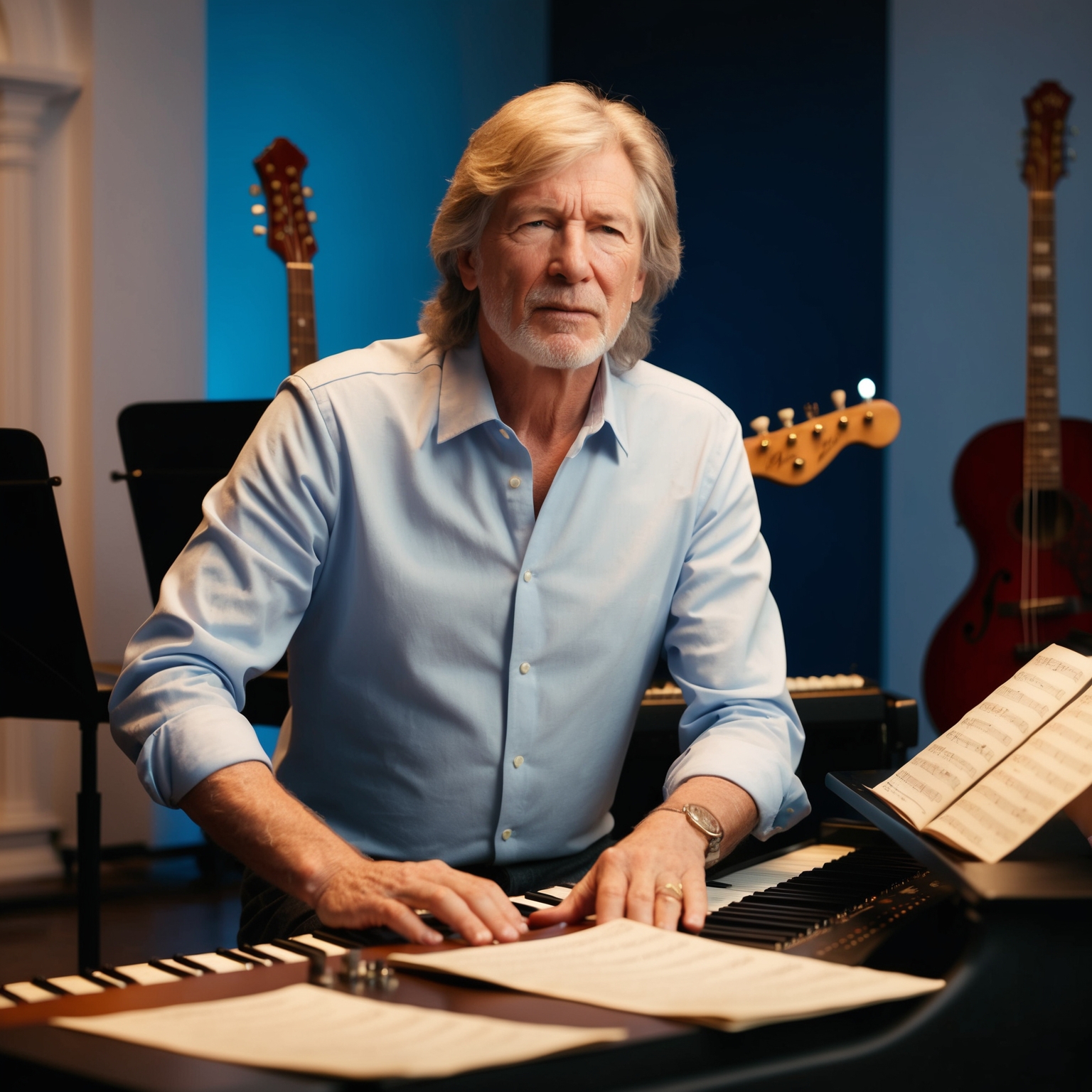
Roger Waters, a founding member of Pink Floyd, serves as the mastermind behind ‘Another Brick in the Wall Part II.’ Born in Surrey, England, in 1943, Waters demonstrated a keen interest in music from an early age. Opting for a non-traditional path, Waters shifted from architectural studies to the allure of psychedelic rock, marking the beginning of his illustrious career. Beyond Pink Floyd, Waters has ventured into various solo projects, further cementing his role as a versatile and visionary composer. His background in architecture seems to have informed his ability to construct complex musical narratives, infusing his compositions with both structure and spontaneity.
Waters’ musical style is deeply rooted in progressive rock, with influences ranging from classical harmonies to avant-garde soundscapes. Known for his poignant lyricism and thematic concepts, Waters often uses music as a vehicle to address social, political, and personal issues. While heavily influenced by the rock legends of his time, his compositions also bear traces of classical music, particularly in their emotional and structural complexity. Waters’ artistry doesn’t just stop at music; it intertwines narrative and instrumentals to captivate audiences across generations.
Collaboration with fellow Pink Floyd members fortified Waters’ distinct style, especially in works where he partnered with David Gilmour and Nick Mason. Their combined efforts on ‘Another Brick in the Wall Part II’ are a testament to Waters’ ability to merge his vision with collaborators’ talents. Not only did Waters compose the music, but he also penned the lyrics, weaving a seminal track that critiques modern education systems. His adeptness at matching lyrical narratives with compelling music was instrumental in the song’s triumph, creating a resonant anthem that has endured in popular culture.
Celebrated Tributes and Honors for a Timeless Anthem
Explore the celebrated journey of Pink Floyd’s “Another Brick in the Wall Part II” through its awards, covers by renowned artists like Korn, and its impact across film, TV, and gaming. Discover how this iconic anthem continues to resonate with audiences around the world.

“Another Brick in the Wall Part II” has been recognized both for its rebellious spirit and its cultural impact, garnering numerous accolades and becoming a cornerstone piece in musical history. Released as part of Pink Floyd’s seminal album, The Wall, the song transcended its initial piece of 1970s rock to earn its place in the annals of music history. Over the years, the song’s influence and enduring popularity have been reflected through its numerous awards and recognitions. One of its most notable achievements was reaching the number one spot on the Billboard Hot 100 and the UK Singles Chart, showcasing its wide-ranging impact across different audiences. These chart-topping successes were significant, marking the song as a critical and commercial hit of its time.
Throughout the years, numerous artists have reimagined “Another Brick in the Wall Part II”, further engraving its legacy in the fabric of popular music. Notably, the renowned rock band Korn put their unique spin on the song in 2004 for their album Greatest Hits Vol. 1. Their version injected a harder, nu-metal edge to the classic track and introduced it to a new generation of listeners, emphasizing the song’s timeless and adaptable nature.
The anthem’s sonic and thematic qualities have also made it a staple in various forms of media. It has been used in films, television shows, and video games, acting as a cultural touchstone that resonates with audiences and creators alike. For instance, the song featured prominently in the 1982 film adaptation of The Wall, and its presence in television and gaming further cements its status as a cross-generational anthem.
Chart-Topping Phenomenon and Cultural Milestone
Explore how “Another Brick in the Wall Part II” by Pink Floyd became a chart-topping success, its influence on their career, and its lasting cultural impact.
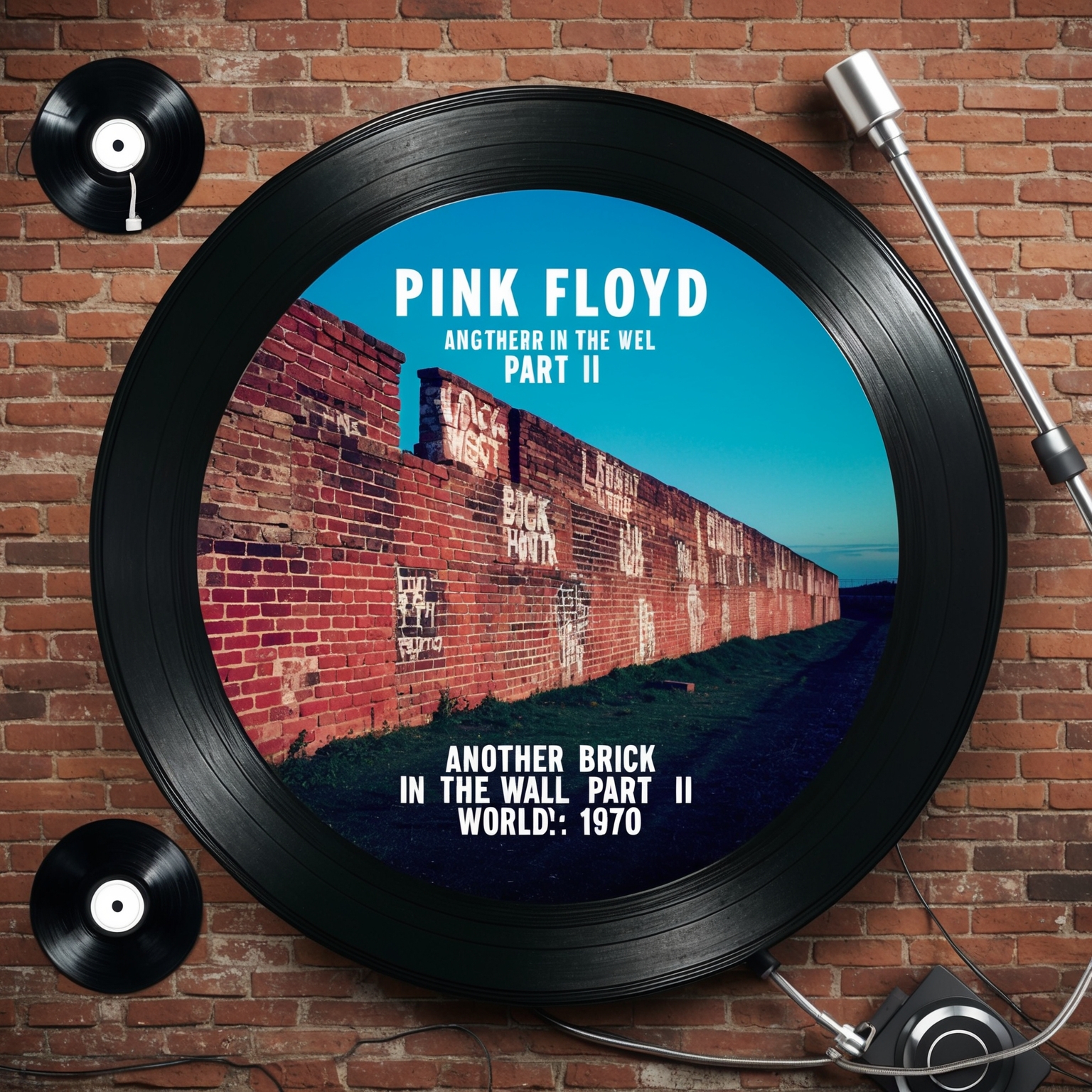
“Another Brick in the Wall Part II”, released in November 1979 as part of Pink Floyd’s landmark album, The Wall, quickly rose to prominence and became one of the band’s most definitive hits. The song made an impressive debut, quickly climbing the charts worldwide. Notably, it reached the coveted number one position on the Billboard Hot 100 in the United States and also topped the charts in several other countries, including the UK, Canada, and Germany. This made it not only a commercial success but also a global sensation.
The song’s chart performance was a testament to its wide-reaching appeal and marked a critical moment in Pink Floyd’s illustrious career. Until then, the band was primarily known for its progressive and psychedelic rock, but the success of “Another Brick in the Wall Part II” saw them transition into mainstream rock icons. This pivotal track, known for its signature catchy chorus and rebellious undertone, acted as a bridge that brought Pink Floyd’s music to an even broader audience.
One of the key factors driving the song’s success was its timing and marketing strategy. Released at the end of the 1970s, a decade marked by numerous social changes, the track resonated with a generation questioning authority and traditional norms. The inclusion of children’s voices in the song further accentuated its rebellious theme, which was powerfully captured in the accompanying music video and live performances. These multifaceted promotional efforts, backed by a strong record label push, ensured “Another Brick in the Wall Part II” not only topped the charts but also left an indelible mark on popular culture.
Visualizing Rebellion: The Music Video Impact
The music video for ‘Another Brick in the Wall Part II’ is an evocative visual narrative that amplifies the song’s themes of rebellion and conformity, crafted by the innovative director Gerald Scarfe.
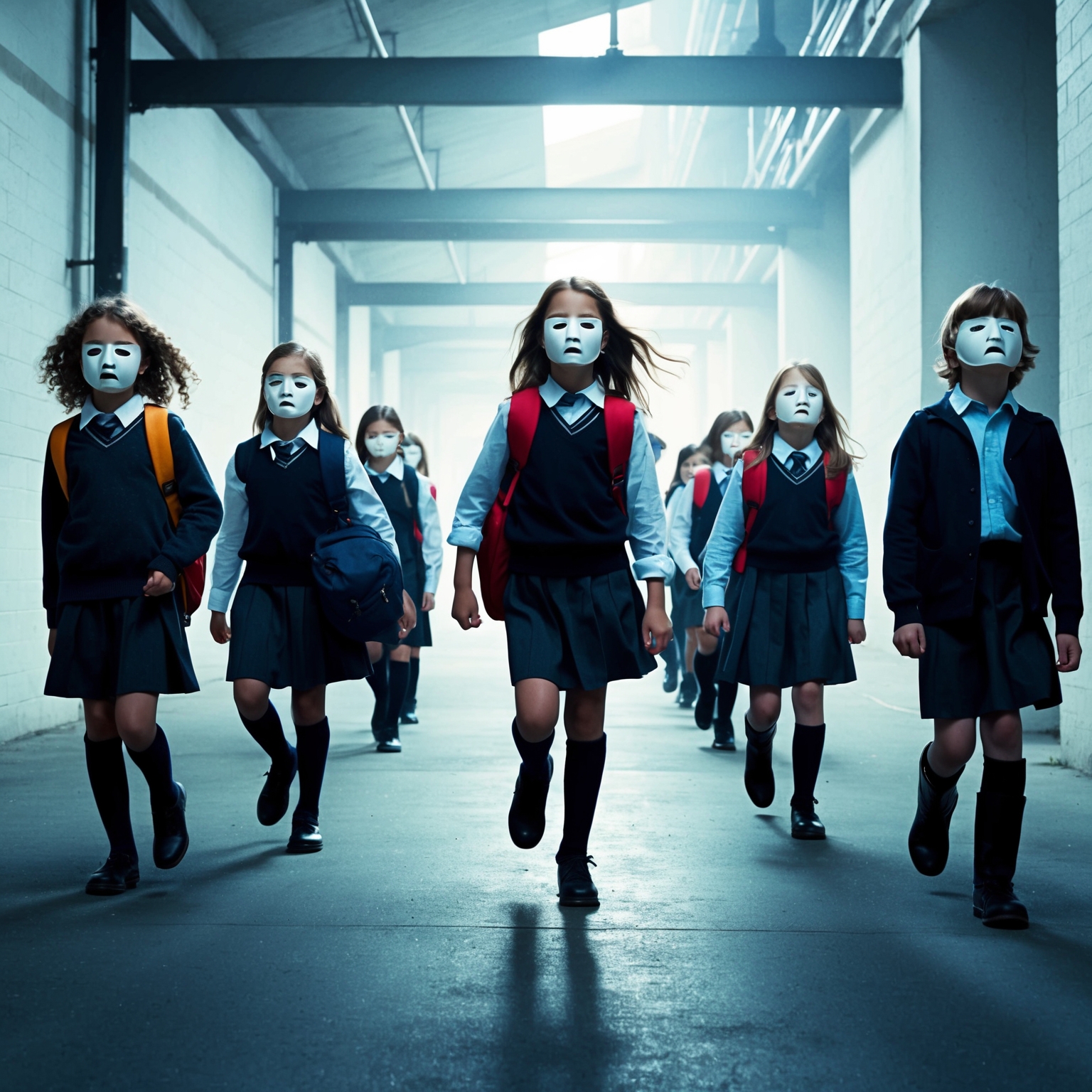
The music video for “Another Brick in the Wall Part II” by Pink Floyd is a powerful visual companion to a song that has become an anthem of rebellion against oppressive educational systems. Directed by Gerald Scarfe, the video is an integral part of the broader narrative depicted in the band’s rock opera film, ‘Pink Floyd – The Wall’. It brings the song’s themes of conformity and resistance to life through surreal and unsettling imagery, effectively reinforcing the song’s message.
The visuals portray schoolchildren marching in a mechanized fashion, symbolizing the dehumanization inherent in rigid educational structures. The iconic scene of children wearing expressionless masks as they process through a disturbing, factory-like assembly line, only to be churned out as sausages, stands out as a vivid critique of how schools can stifle creativity and individuality. These bold representations contribute significantly to the song’s popularity and resonance with audiences seeking change.
Critically acclaimed for its innovative storytelling and striking animation work, the video was instrumental in maintaining the song’s presence in pop culture. The collaboration with Gerald Scarfe, a renowned British cartoonist known for his distinct style, added a layer of artistic credibility and visual depth. While the video itself didn’t feature celebrity cameos, its influence reverberated through generations, cementing its place as a seminal work that transcends music to comment on societal issues.
Dissecting the Musical Mechanics of a Classic
Exploring the musical structure of “Another Brick in the Wall Part II,” we highlight its simple yet profound harmonic progression and tone in D minor. The song is marked by a four-chord progression and a distinctive tempo, alongside a blend of guitar, bass, drums, and synthesizers, which underscores its thematic depth. This composition marks a pivotal shift in Pink Floyd’s artistry, with its blending of commercial viability and intellectual appeal.
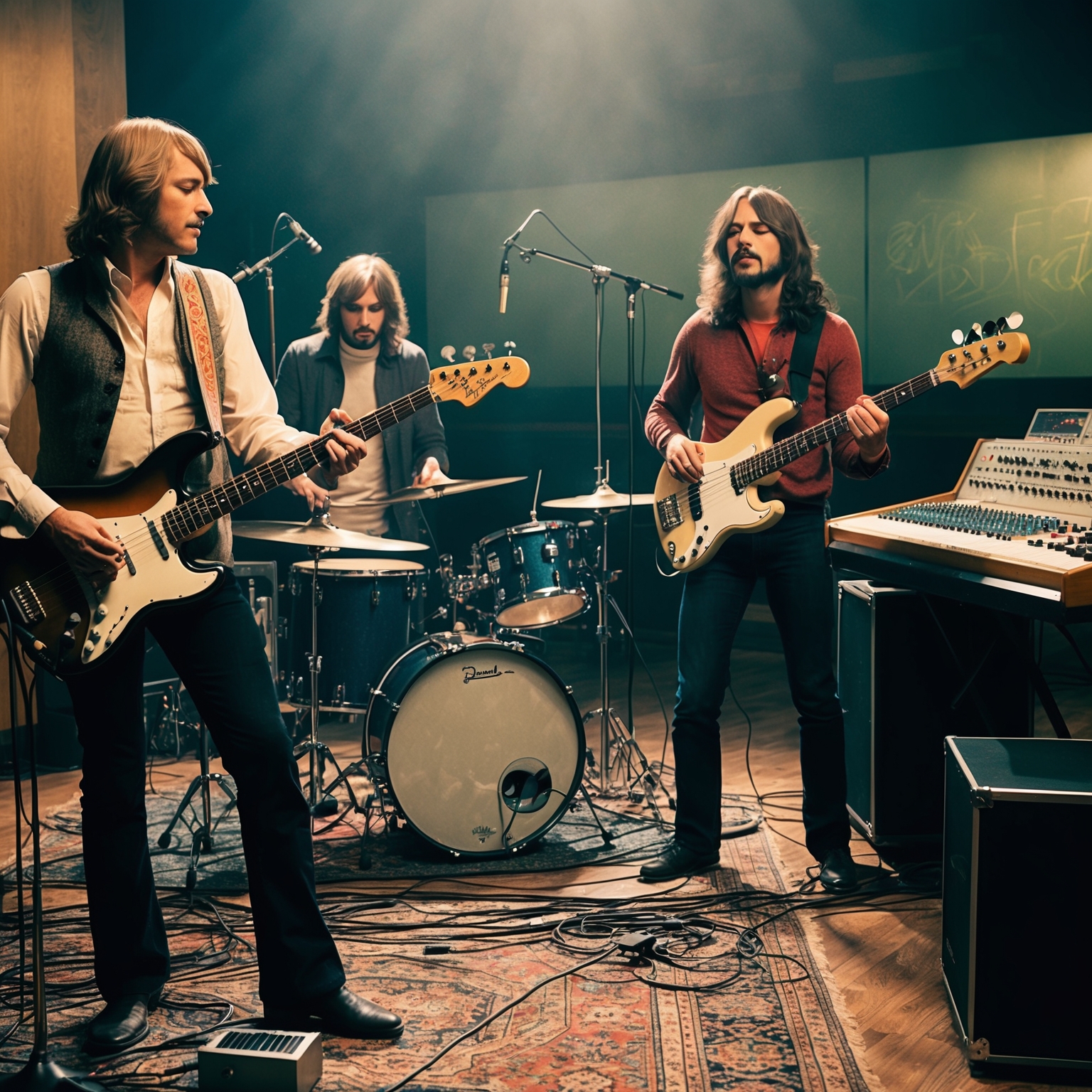
“Another Brick in the Wall Part II” is a quintessential example of Pink Floyd’s ability to blend rock with a variety of musical genres. Written in the key of D minor, the song features a simple yet profound harmonic structure. The foundation lies in a repetitive four-chord progression, emphasizing a dark and rebellious tone that compliments its poignant lyrics. The verses and chorus notably utilize power chords that instill a sense of defiance and urgency, supported by a tempo that hovers around 100 beats per minute—perfectly measured to convey a melodical message of protest against authoritarian control in schooling.
An analysis of the melody reveals a layering of contrasting components: David Gilmour’s rhythmic guitar parts complement Roger Waters’ bass lines, creating a harmonic backdrop that is both grounding and unsettling. The song’s rhythm section provides a steady, almost mechanical beat, a reflection of the regimented school system criticized in the lyrics. Complemented by the iconic children’s choir in the chorus, these elements come together to create a composition that is as musically compelling as it is thematically rich.
Regarding instrumentation, “Another Brick in the Wall Part II” utilizes a seamless blend of traditional rock elements such as electric guitar, bass, and drums, along with synthesizers that add an extra layer of ethereal eeriness. The distinctive yet unobtrusive keyboard contributions help to fill out the song’s soundscape, creating a resonance that persists throughout Pink Floyd’s discography.
In the context of Pink Floyd’s evolution, this song epitomizes a pivotal moment in their career. Unlike their earlier work, which leaned heavily into psychedelic and progressive rock, “Another Brick in the Wall Part II” marks a shift towards producing more commercially viable tracks without sacrificing their signature exploratory sound. This phase in their discography saw them addressing mainstream issues with universal appeal, without losing the complexity and depth they were celebrated for in albums like “Dark Side of the Moon” and “Wish You Were Here.” This song indeed signifies their consistent ability to innovate and adapt, reflecting the nuances of societal issues through musical narration.
The recording of the song at Super Bear Studios in France, under the production expertise of Bob Ezrin, is laden with interesting anecdotes. It’s said that Ezrin was instrumental in suggesting the inclusion of the children’s choir, inspired by his desire to create a more immersive and potent auditory experience. This decision effectively elevated the song, ensuring its place not only as a standout track on “The Wall” but also as an anthem of rebellion and cultural critique.
The Rebellious Anthem of a Generation
Explore the rebellious themes and compelling narrative in the lyrics of ‘Another Brick in the Wall Part II,’ by Pink Floyd. Delve into the use of literary devices, cultural impact, and why this anthem resonates with generations.
We don’t need no thought control
No dark sarcasm in the classroom
Teachers, leave them kids alone
Hey, teacher! Leave them kids alone
…
******* This Lyrics is NOT for Commercial use *******
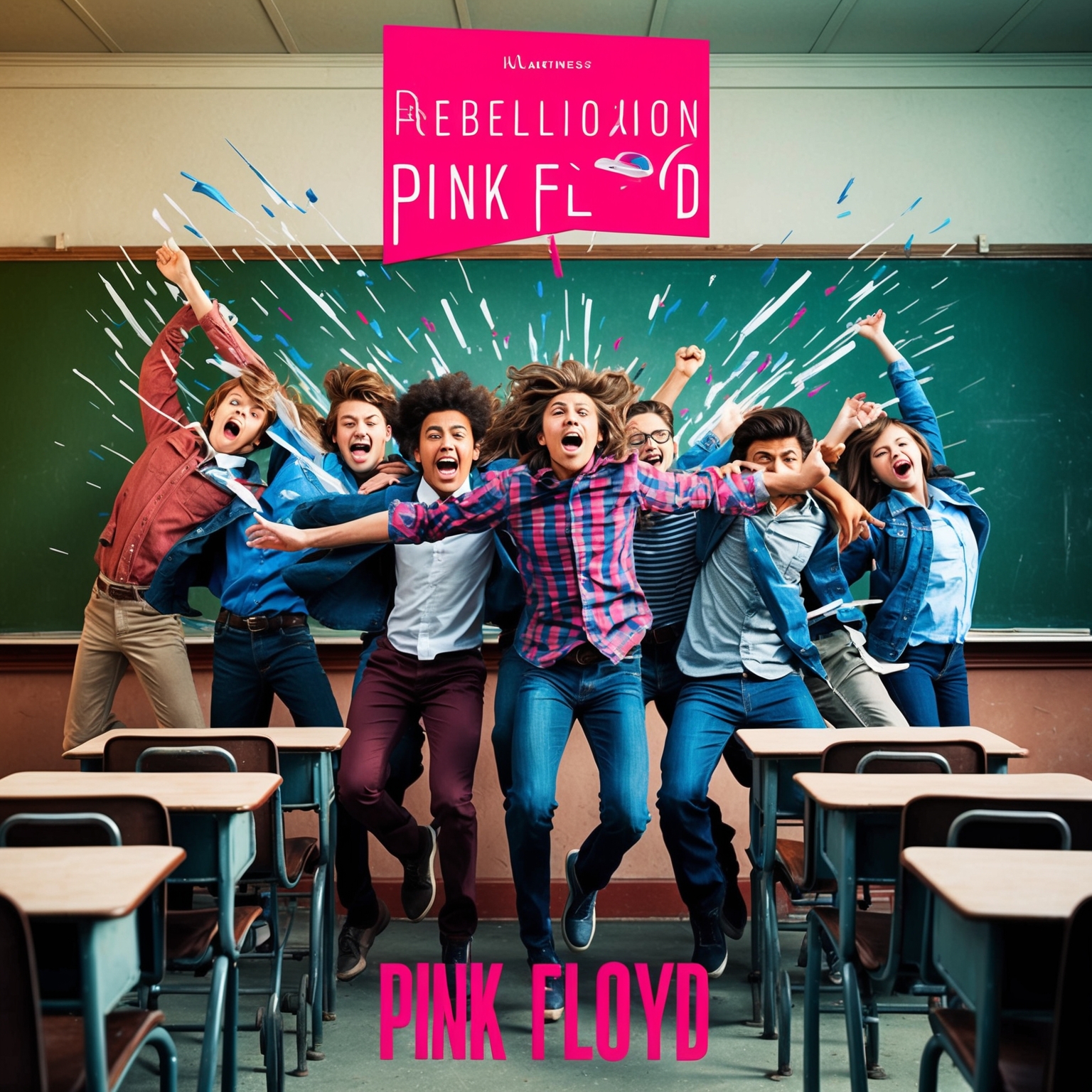 When analyzing the lyrics of “Another Brick in the Wall Part II,” one is immediately struck by the bold and defiant tone against institutionalized education systems. “We don’t need no education” serves as a powerful critique of the rigid and authoritarian methods often employed in schools. The primary theme is a rebellion against enforced conformity and the stifling of creativity, reflecting a broader social commentary on the dehumanizing aspects of the education system. This theme resonated profoundly with audiences, particularly the youth, as it echoed the growing discontent with societal structures of the late 1970s.
When analyzing the lyrics of “Another Brick in the Wall Part II,” one is immediately struck by the bold and defiant tone against institutionalized education systems. “We don’t need no education” serves as a powerful critique of the rigid and authoritarian methods often employed in schools. The primary theme is a rebellion against enforced conformity and the stifling of creativity, reflecting a broader social commentary on the dehumanizing aspects of the education system. This theme resonated profoundly with audiences, particularly the youth, as it echoed the growing discontent with societal structures of the late 1970s.
The narrative of the song is delivered in the first person, embodying the collective voice of students who feel oppressed by their institutional environment. This perspective imbues the lyrics with an emotional immediacy, inviting listeners to empathize with the frustration and sense of isolation experienced by the song’s subjects. The imperative line, “Teachers, leave them kids alone,” further emphasizes the confrontational stance, urging a departure from the traditional roles that teachers play, as enforcers of control rather than facilitators of learning.
Literary devices such as imperative commands, repetition, and striking metaphors enhance the song’s visceral impact. The use of metaphor, particularly in describing students as “another brick in the wall,” underscores the dehumanization and homogenization that occurs within the system, turning individuals into mere components of a larger, impersonal machine. Compared to other works within the same genre, these lyrics stand out for their stark directness and unapologetic challenge to authority. Despite some controversies and misunderstandings, where critics accused the band of dismissing all forms of education, the song remains an iconic protest anthem, capturing the spirit of resistance against oppressive structures and advocating for a more humane approach to learning.
🎸 Did you know? The iconic kids’ choir in Pink Floyd’s Another Brick in the Wall Part II was recorded in a London school, adding magic to the rebellion! 🧱👦👧 #PinkFloyd #RockHistory #FunFact #TheWall tinyurl.com/3vse7u32
Click to Tweet

